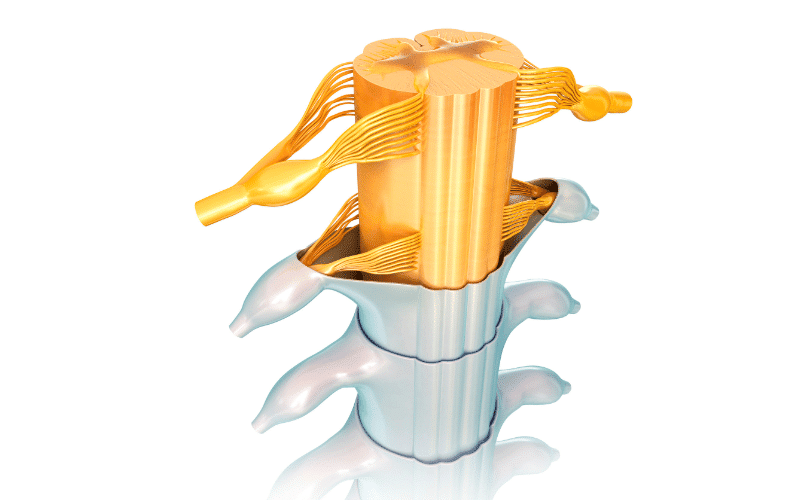7. The Unseen Deterioration: Spinal Cord Changes

Despite its invisibility to the naked eye, one of the key components of Friedreich’s Ataxia progression is the alterations taking place in the spinal cord. Much like the wires that transmit information within a computer, the spinal cord acts as a conduit for nerve signals from the brain to the body’s peripheral regions. Any damage to this vital ‘wire’ can lead to significant malfunctions.
Friedreich’s Ataxia primarily targets the spinal cord’s dorsal columns and spinocerebellar tracts. These parts of the spinal cord handle sensation information, including vibration sense, touch, and proprioception – our awareness of body position. These systems’ degradation results in reduced coordination and balance, hallmark symptoms of FRDA.
Coupled with the sensory loss, FRDA also causes the degeneration of the corticospinal tracts. These tracts transmit signals for voluntary movement from the brain to the muscles. As these degrade, individuals may experience difficulties in muscle control and the emergence of muscle weakness.
Complementing the direct neural impact, FRDA triggers changes to the spinal cord’s physical structure. A common observation in FRDA patients is spinal deformities, such as scoliosis. This abnormal curvature of the spine can lead to discomfort, pain, and further complications if left untreated.
Collectively, the alterations in the spinal cord significantly contribute to the manifestation of Friedreich’s Ataxia symptoms. Though often unseen, the changes are far-reaching, impacting an individual’s ability to move and feel, fundamentally altering their interactions with the world. (7)